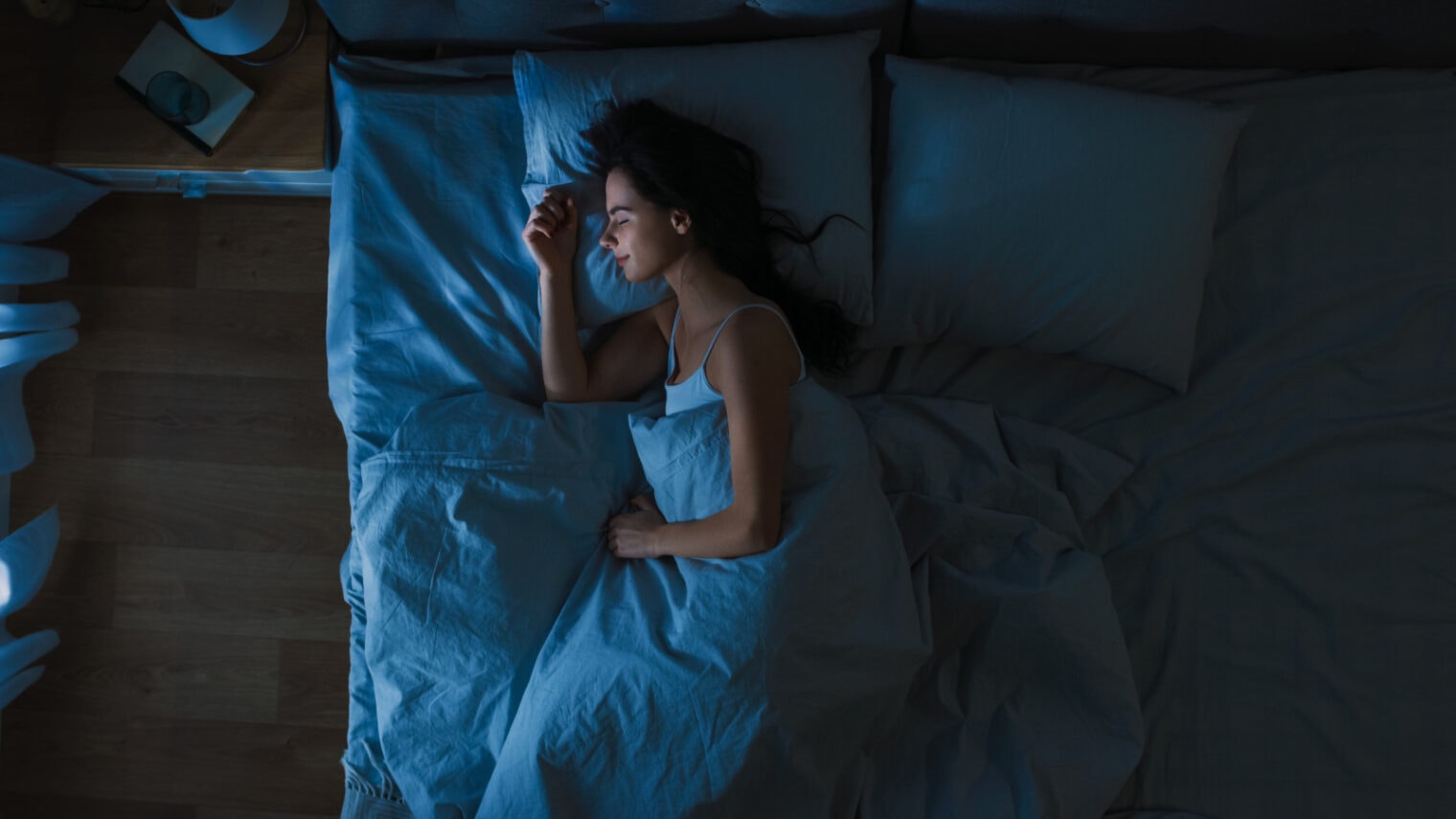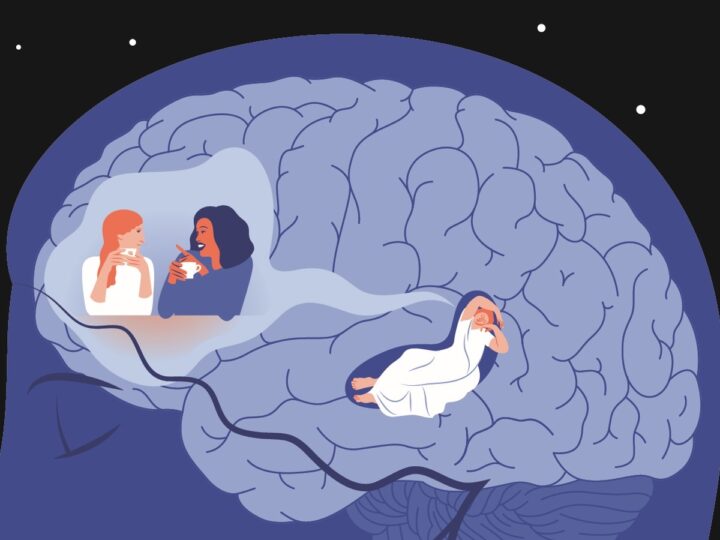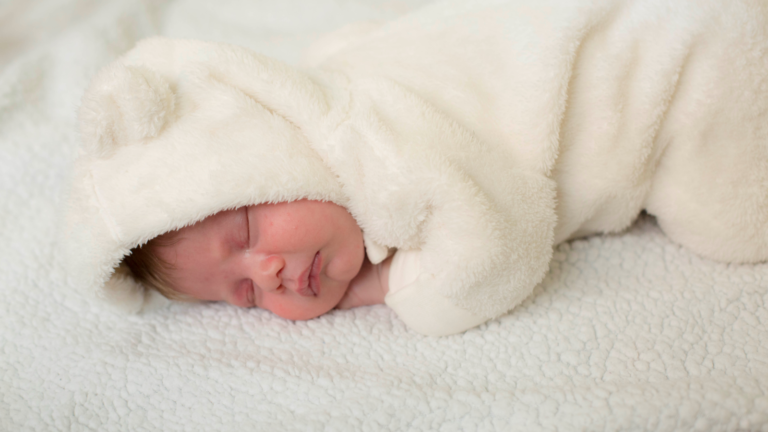I thought I knew how to sleep. I’ve had decades of experience . . . but it turns out I’ve been doing it all wrong.
I’d never given a moment’s thought to my “sleep posture.” I’d never even heard the expression before I met James Leinhardt at Levitex Sleep, a company that has developed a line of specialist mattresses and pillows.
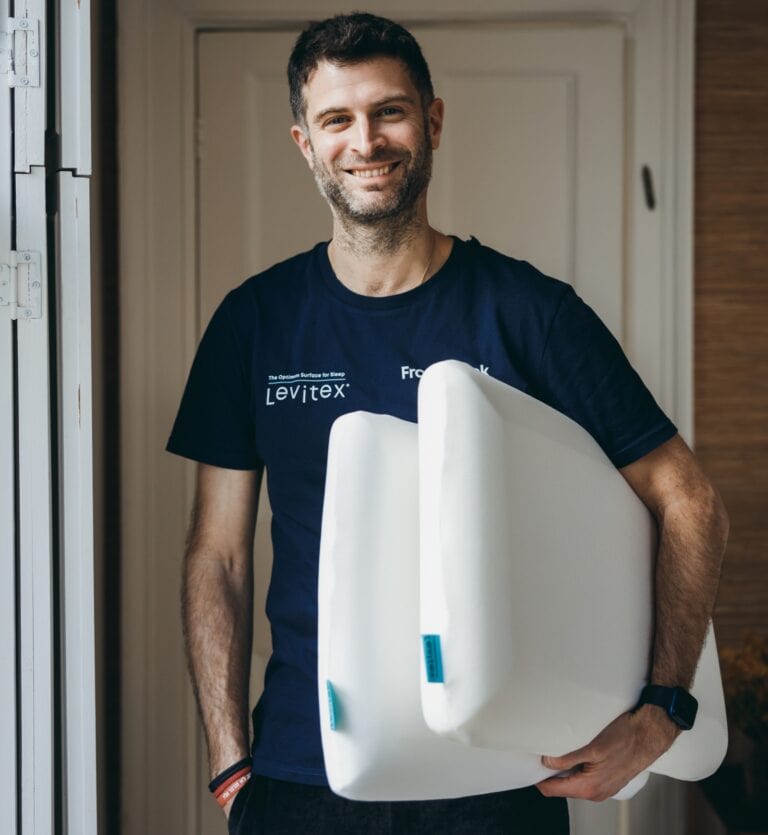
But I am now enlightened. I can now pass on some vital information that every person who sleeps should know, together with some insights into the enormous impact sleep has on our day-to-day wellbeing.
First of all, here are the golden rules which apply to everyone, everywhere:
1. Never sleep on your front.
2. Sleep on your side with a pillow between your knees.
3. Sleep on your back if you want (but you’ll snore like a pig).
Sleeping on your side (semi-fetal) is the best position for a neutral resting spine, but you should place a pillow between your knees to stop your legs from crossing over.
If you sleep on your back, don’t raise your head too much, and put a pillow under your knees, for the sake of your spine.
And if you sleep on your front, stop it. There’s no way to optimize front sleeping to achieve good posture.
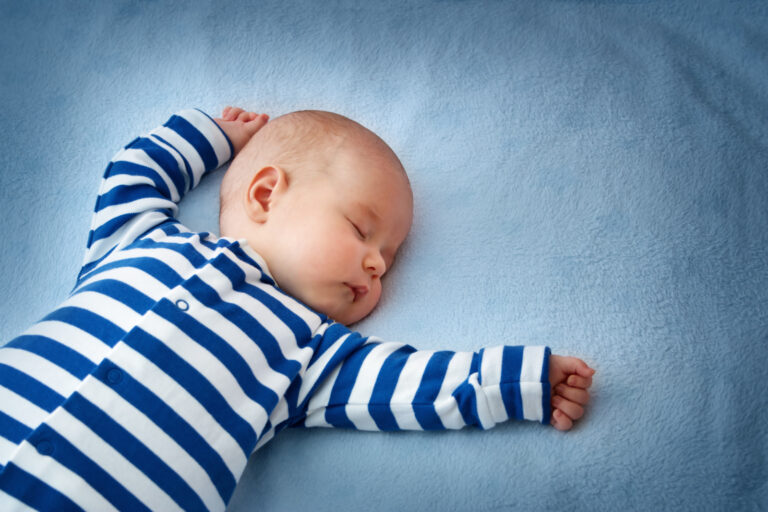
A lifechanging difference
Spinal position affects everyone, from elite athletes to stroke survivors.
Poor nighttime posture means the muscles around your spine have to work extra hard while you’re asleep. You’ll wake up feeling less refreshed and more grumpy.
Good posture, on the other hand, sets you up for the day.
Sleep posture can even make a lifechanging difference, says Leinhardt, for patients with traumatic brain injuries, MS, cerebral palsy, muscular dystrophy and other medical conditions.
Leinhardt shows me a picture of a man with dementia who literally became a prisoner in his own bed after losing his proprioception – the sense we have of where our body is in space.
Imagine falling out of a tree, and your body instinctively tenses up ahead of impact. Or sitting on a gym therapy ball with your muscles working to adjust your balance. That’s proprioception.
This dementia patient — a typical rather than an extreme example – no longer had that sense. For seven years he was clenched and rigid, unable to change position and ease the pain.
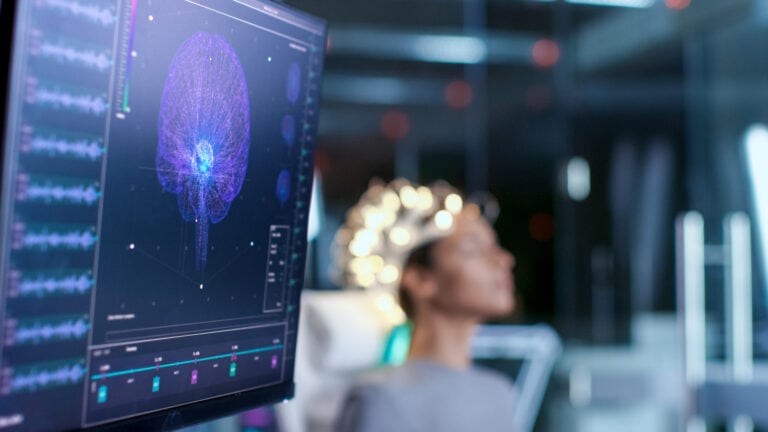
“When you or I are awake and in an uncomfortable position, we move,” says Leinhardt. “You cross your legs, you shift in your chair. But this man’s in agony, he can’t speak and he can’t move.”
Three months after Leinhardt’s intervention, with a configuration of pillows to improve his sleep posture, the man was finally able to sit in a chair again.
Like swaddling a baby
“We used a configuration of cushions that have pressure-relieving properties, combined with support that’s stable, which basically provides a patient with more input so that they have a better idea of where they are in space,” Leinhardt tells ISRAEL21c.
“In the same way that you would swaddle a baby to soothe them, that sensory input reduces muscle activity.”
Reduced muscle activity means a patient can be positioned by a carer more easily, and more comfortably.
The problem is that hospitals and care homes overlook sleep posture in their attempts to prevent pressure sores and handle and move bedbound patients.
Leinhardt is convinced they’re looking at the problem upside-down.
“In the hierarchy of care, pressure injuries are number one, because you can get sued for them. Moving and handling is number two, because you can also get sued for it,” he says.
Adopting sleep posture as the top priority would make an unbelievable difference, he argues.
“Patients’ body shape deformity would be reduced, which would make them easier to move and handle because they’d have better range of movement, better control of the body, and they’d be less likely to get pressure injuries because they weren’t left rotting in one single posture,” he says.
Sleep influencer
In partnership with Levitex Medical Director Dr. Ilan Lieberman, Leinhardt has formulated foam products designed to hit the sweet spot between firmness and comfort. Neither a bed of bricks nor a bowl of porridge.
However, when we meet in Ra’anana in central Israel, he has no interest in telling me about the stuff he makes. His passion is simply to get people sleeping better.
“My mission is to educate the world around the significance of sleep posture and provide the tools with which to improve it,” he says.
“The challenge is that the world doesn’t care about sleep posture, yet it’s the most significant intervention in the world of wellbeing and healthcare. Optimizing your sleep posture is the single biggest thing you can do to improve your sleep.”
He’s something of a “sleep influencer,” with almost half a billion views on TikTok in the last two years on the benefits of sleep posture.
As an honorary lecturer at the University of Central Lancashire, England, he teaches nurses, physiotherapists, occupational therapists and sports scientists, and he’s helped thousands of patients in the last 15 years.
There’s not a single module on sleep posture in any medical or healthcare degree, he says, which is why he feels it’s so important that his message reaches a new generation of professionals.
Changing the pathway
“The irony about Israel is that there aren’t any pressure sores in the hospitals and the care is 10 times better than anything I’ve ever seen globally,” he says.
“But the body shape deformity that I’ve seen in neuro-rehab wards here is more ridiculous than anything I’ve ever seen, because they do not manage posture at all. That’s because they have never thought about it.
“My ambition is to change the pathway of care in hospitals here. I want to do everything that I’ve been doing in the UK here in Israel. I could help so many soldiers here with catastrophic brain injuries and much more besides.”
Sleep posture, however, is a global issue affecting everyone, he says.
“If you went to the Olympics in Tokyo, for example, whether you’re a 160-kg shot-putting male or a 40-kg female long-distance runner, you were given one pillow and one single cardboard bed the night before the biggest race of your life after training for four years.
“The biggest global healthcare crises that I see are sleep disruption, sleep deprivation and musculoskeletal pain. By addressing sleep posture, you could address all three of those, and it doesn’t cost any money.”
For more information, click here.




